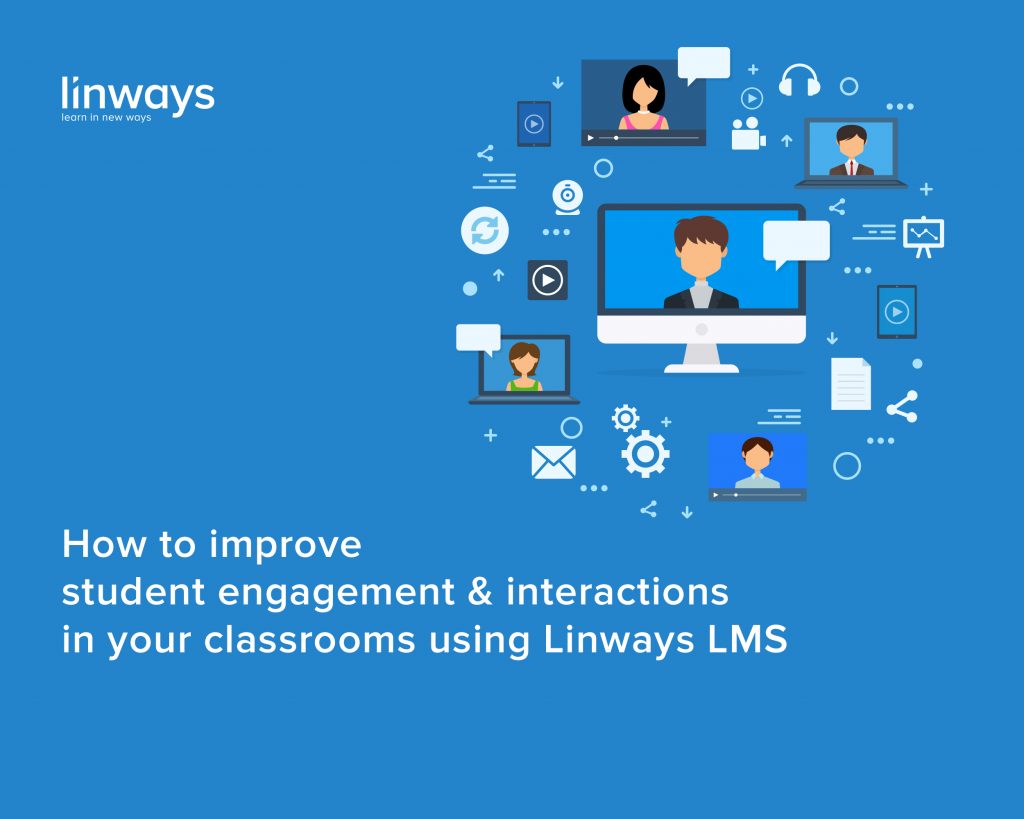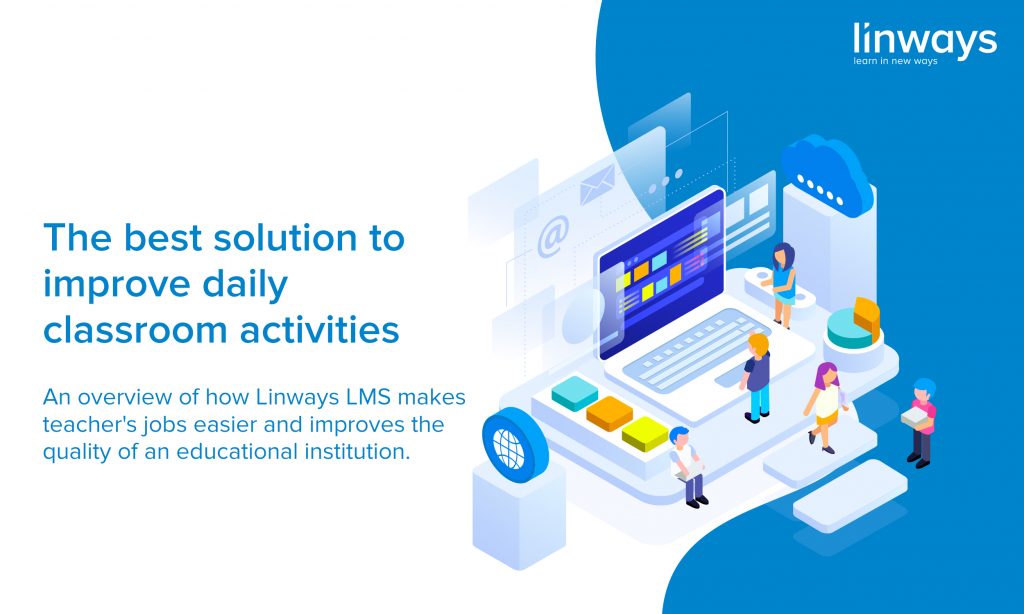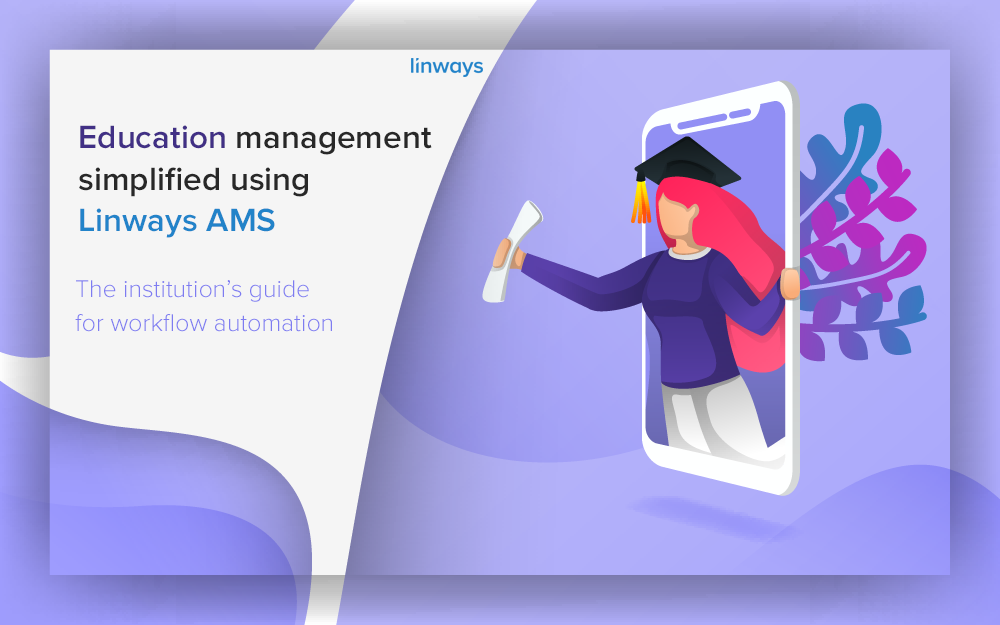
We have previously discussed using student data to drive decision making in a previous article. This time, we will check out some very effective ways to manage the data of academics and the institution.
Our education system is going through a phase-shift. Data management and student centricity are at the center of this shift. Technology, regulations, quality assurance, and most other new changes revolve around managing data/information and improving the education experience. We can expect all the teaching strategies, planning, and actions to be completely data-driven within the near future.
In this context, let’s look at how data management is remodeled for better efficiency and effectiveness in educational institutions.
We have previously seen the typical categories of data that teachers and institutions usually work with. Let’s have a quick look at them before we move on.
1. Assessment data which represents the performance review and evaluation results of students in the curriculum.
2. Student profile which gives an insight into the cultural/financial background of individual students, their past behaviors, their past performances, and moral standards, etc.
3. Curriculum data which is more or less what constitutes the subjects and topics that students must master before the end of the semester/academic year.
4. Institutional data which includes information about other teachers, the goals and objectives of the institution, desired outcomes for departments, batch/department metrics, etc.
The old vs the new.
Technology has given us options. We now have new ways to store, share, and make sense of data like never before. On a global scale, most educational institutions are going digital to store their data. This gives a huge advantage in terms of accessibility, space, green-campus initiatives, and collaboration. Check out this list of key elements while choosing a data management format for your institution.
- Data accessibility. Anyone with access to the system can access the data at any time. This is important for institutions, as access to data is an ongoing issue for teachers. A survey of teachers and students showed that 26 percent of teachers still don’t have timely access to student data. When teachers and administrators can quickly access data, they can make quick adjustments to improve learning.
- Data consistency. By keeping all of the same data in one place, data management solutions help institutions to keep more consistent records.
- Increased productivity. Student data is meant to help teachers understand and reach students. When teachers have better access to data management systems, they can be more effective at helping their students.
However, it’s always better to check out learning management systems that also have data storage or management capabilities within. This saves a lot of time and improves integrating data into the decision-making process.
Analyze the data management practices to ensures results are relevant.
A flawed data management style can be counterproductive. Teachers often find themselves drowning in data instead of being driven by it. So take enough care to check whether the data is relevant, it’s delivered to the right person, at the right time.
Relevance depends on who receives the data, the timeliness, and the level of detail. Teachers probably need very specific data that lets them identify the strengths and weaknesses of individual students. However, from the perspective of a principal or a department head, batch-wise or collective data makes more sense. Also, higher-level decision-makers are likely to need data on programs and staff, as well as broader data on students.
Check out Linways LMS that lets you manage all the academic and institution-related data to make informed decisions with insightful visual representations.
Also published on Medium.




